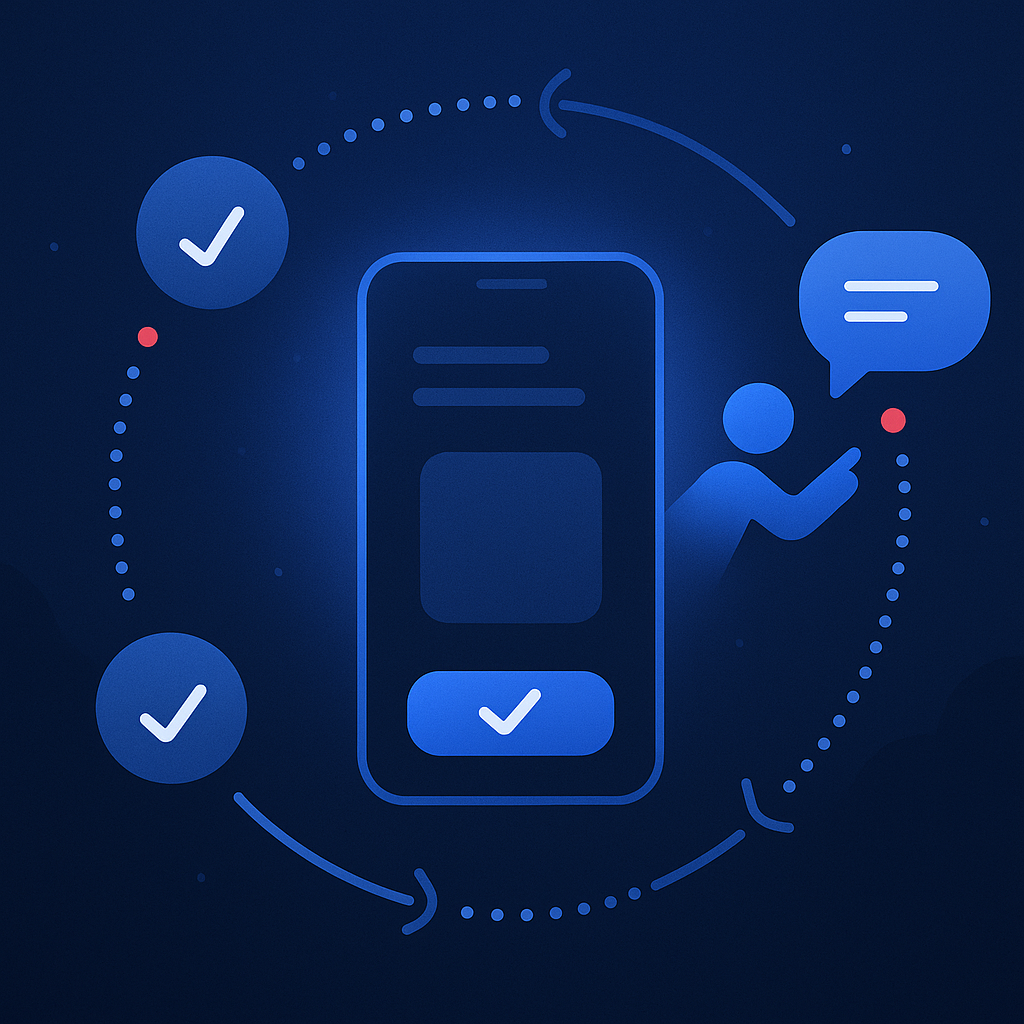Upon meeting entrepreneurs, I regularly find that the challenge of thinking of everything related to building a company creates a certain amount of anxiety. This anxiety can often be alleviated by clarifying things and making them more concrete and above all – visible. This is most easily achieved with a canvas of one sort or another. So far, I have covered the Business Model Canvas and the Vision Canvas and how it outlines product development. Next, I would like to discuss the Product Vision Canvas and look at two versions of it that I would recommend; one by Shardul Mehta and the other by Roman Pichler. The Product Canvas builds on the Vision Canvas. These are all great product development and business development tools to use together.
Shardul Mehta’s Product Canvas
With over 20 years of product leadership experience, Shardul Mehta created this Product Canvas. It is a strategic product development planning tool that gives you the space to conceptualise, describe, formulate, challenge and pivot your product strategy.
This one pager revolutionises the old business plan and allows you, as an entrepreneur to see everything related to key components in a clear, concise format.
You will see a few crossovers with the Business Model Canvas and Roman Pichler’s Product and Vision Canvas. Thus, use the one that you are comfortable with and that makes the most sense to you intuitively. Canvases are about asking big questions and delve deep easier, don’t hinder that process with a canvas you battle to understand or use.
Go here for more information on Shardul’s Product Canvas
Roman Pichler’s Product Canvas
Pichler advises that one begins with Needs The reason is that this immediately situates all contributing to the Product Vision Board in the problem and benefits. It is helpful to focus on the main problem and/or primary benefit of your product, however if there are several, prioritise them. It is important to remember while in product development, that it is all about the user and one should ask what does the user need? What does the user want?
Target Group is about stating who the customer and users are for your product. Are the users and customers the same individuals? Sometimes this is not the same person, for example an accounting package might be purchased by the business owner, but the user is actually the bookkeeper in the company.
Product is the summary of what makes your product unique from what is on the market. List the three to five key features. However, this is not a feature list for the build, this is to be seen from the customer and end user perspective.
Under Business Goals, capture the desired business benefits. The question to ask the team is why is it worthwhile to spend money on this product? Is it to generate revenue, reduce costs, increase productivity, do research into the market? Create a target to ensure the success eg x revenue within the first year.
Competitors gives you the space to look at who are your competitors? List them and make sure to think creatively on this. If you are developing a product that delivers coffee three times a day via an app ordering system to a co-working space, your competitor is not only the barista downstairs, but each company’s coffee machine and the juicebar.
Think carefully about your Revenue Streams. How can you expand your Revenue Streams? Are there Revenue Streams that you are not considering? In the example of the mobile coffee vendor, you could expand your product line to tea or selling coffee beans / ground coffee to your customers
What are the Cost Factors to creating your business, bringing it to market, distribution and servicing the product? An idea is to draw out the production and delivery journey, costing each step
Channels are how your product gets to market. For some new products, these channels may not existed and then one would have to consider how one goes about creating these channels
A great way to use your Product Board is to gather as many of the team you can, give everyone sticky notes and ask them to answer alone. Then gather them together and share their thoughts on the product development.
Go here for more information on Roman Pichler’s Product-Vision board
Next week, I will cover the Product Board which combines Agile and UX to create a great product



